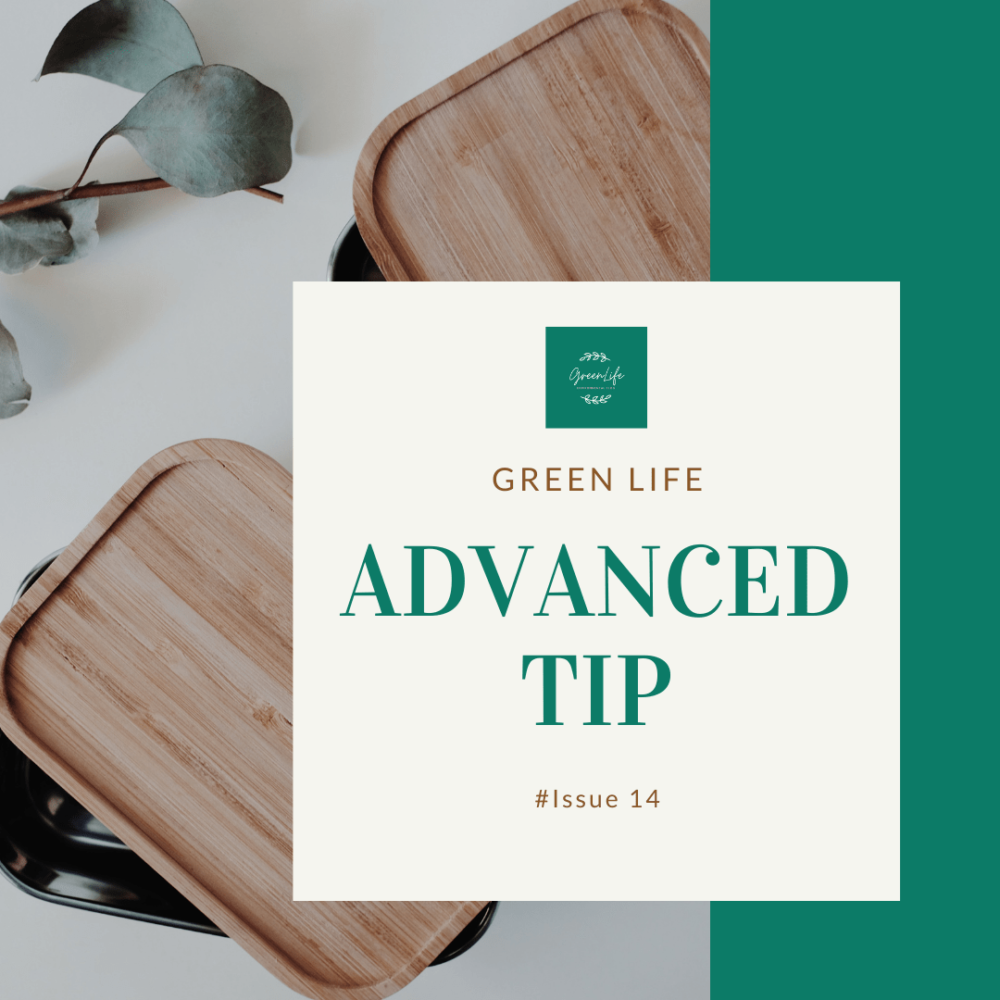Advanced Tip Food storing
Issue #14


Every day, tonnes of food are thrown away worldwide because they spoil. Today we give you tips on how to store food properly to avoid unnecessary waste.

Because with the right storage, food can be kept longer and is thus available regardless of time and season. What needs to be stored and how depends on the food. The main purpose of storing food in the household is to ensure a short-, medium- and long-term supply of food. The food is stored in such a way that it does not spoil prematurely. Each type of food has different requirements for its optimal storage location.
Food spoils due to physical, biochemical, chemical and microbiological changes as well as infestation with pests. Microbial spoilage is caused by bacteria, yeasts and moulds. They cause food to rot, ferment or become mouldy. Pathogenic microorganisms form substances that are harmful to humans – even without the food spoiling.
Whether and how quickly microorganisms multiply in food depends on the temperature, water activity, pH value and oxygen content of the food. The most important factors here are the initial microbial content on the food and the temperature during storage.
Physical causes are cold, heat or humidity: lettuce wilts or bread dries out. Biochemical changes are triggered by enzymes present in the food. This can be over a very wide temperature range between -30 °C and 40 °C: vitamins, colourings and flavourings are broken down. Chemical spoilage is triggered by chemical reactions of food ingredients, favoured by external factors such as air and light: fat becomes rancid.
Aluminium foil – Nothing for sourpusses
Aluminium foil is not suitable for moist, acidic or salty foods
Aluminium foil should not be used to cover moist, acidic or salty food on serving plates. This is because the foils can dissolve and release aluminium components to, for example, fish, tomatoes, rhubarb or gherkins. Health risks from excessive aluminium intake cannot be ruled out. The discussion focuses primarily on effects on the nervous system, fertility and bone development.
Aluminium is soluble under the influence of acid or salt. For this reason, aluminium packaging and containers for food such as beverage cans or yoghurt pot lids are coated on the inside.
The refrigerator for short-term storage
Fresh food is best stored in the refrigerator.
Fresh, perishable food can be stored at temperatures between 0 °C and 14 °C. In a conventional refrigerator, food can be stored at 4 °C to 8 °C, in a multi-zone refrigerator at almost 0 °C. This slows down the cellular metabolism. This slows down the cell metabolism of the food, microorganisms grow more slowly and enzymatic and chemical spoilage is delayed. For most foods, the optimal storage temperature in the refrigerator is close to freezing point. Meat and fish products store even longer at temperatures around -2 °C in the so-called “super-chilling” range.
Basic rules for storage in the refrigerator:
Buy fresh food as much as possible.
Put food away immediately after shopping. If possible, always take a cool bag with you when shopping!
Pack food well. Packaging protects against dehydration and changes in taste.
Put each food item in the right place: fish and meat in the lower section of the refrigerator, dairy products above, cheese and leftovers on the top shelf, fruit and vegetables in the vegetable compartment.
Store the following in the fridge: meat and meat products, fish and fish products, prepared meals, milk and milk products, cheese, drinks, butter, eggs, jams, dressings, sauces, tubes, fridge-compatible fruit and vegetables.
Refrigerator-compatible and cold-sensitive fruit and vegetables
| Storage method | Vegetables | Fruit |
| Store in the vegetable compartment of the refrigerator | Artichokes, leafy vegetables, cauliflower, broccoli, chicory, endive, peas, aromatic herbs, (no basil), green beans, spring onions, cabbage, leeks, carrots, mushrooms, radishes, radish, beetroot, lettuce, salad mixes, celery, asparagus, spinach, sweet corn | apples (longer than 7 days), apricots, blackberries, strawberries, figs, blueberries, raspberries, cherries, grapes |
| Ripen in the room and store in the refrigerator | Avocado, pear, kiwi, nectarine, peach, plums, damsons | |
| Store preferably at room temperature* | Aubergine, basil (bunched, placed in water), cucumber, ginger, potatoes**, garlic**, storage onions**, peppers, tomatoes, courgettes | Pineapple, apple (less than 7 days), banana, grapefruit, mandarin, mango, orange, papaya, melon, watermelon, citrus fruits |
* All fruits and vegetables listed here can be stored in the refrigerator for 1-3 days if they are consumed quickly afterwards.
** Garlic, onions, potatoes should be stored in a well-ventilated room, preferably in the cellar.
The freezer for medium-term storage
Frozen food: longer shelf life, but not forever
Freezer, chest freezer or freezer compartment in the refrigerator – freezing is a good way to store food for several months, with almost no noticeable loss of quality. The reproduction of microorganisms is prevented by the low temperatures and the reduced water activity. Microorganisms do not die, however, but can multiply again during thawing. Biochemical changes such as fat oxidation or enzymatic degradation processes still take place at a much slower rate. Fat therefore also becomes rancid during deep freezing.
It is important to preserve flavour, nutrients and quality:
Before freezing, clean, wash, possibly peel and/or core fruit and vegetables, chop and, depending on the type of vegetable, blanch to preserve vitamins and colour as much as possible.
Freeze portions – not too large – according to consumption.
Pack food as airtight as possible.
Label the packaging with the contents and date.
Even frozen foods do not keep forever: fruit and vegetables 11 to 15 months, beef and poultry, 9 to 12 months, fish and fatty meats 6 to 9 months.
Do not store the following in the freezer: eggs, leaf lettuces, fresh food salads, radishes, radishes, raw potatoes, onions, cucumbers, tomatoes, watermelons, grapes, whole raw apples and pears as well as meringue and macaroons. Such water-rich foods become mushy when thawed. Dairy products such as yoghurt, soured milk, sour cream and crème fraîche also do not belong in the freezer as they quickly flocculate.
The pantry for long-term storage
Food that can be kept for longer periods of time can be stored in pantries or storage cabinets at an average of 15 to 20 °C, in a dry and dark place.
If possible, a pantry should be located near the kitchen and have good ventilation.
It also makes sense to have the kitchen facing east or north so that it doesn’t heat up so much from the sun. The kitchen itself is not an ideal place to store food because of the temperature and usually high humidity. It should therefore only be used to store supplies that will be consumed quickly. In flats, however, it is usually the only place to store food.
Careful storage and regular checking will reduce stock loss and spoilage:
Check the best-before date and use up food in good time.
Always put new stocks at the back of the shelves, use up the older goods first.
Repackage opened packages in tightly sealed glass, metal or plastic containers.
Label preserves with the name and date.
Do not consume the contents of preserves with the bottom or lid bulging outwards or jars that are no longer hermetically sealed.
Store the following in storage cupboards: flour, salt, sugar, canned goods, dry products such as rice, pasta or cereals.
In addition, you can also pickle or preserve certain foods. You can find many recipes for this on the internet.
#StayGreen! 🌎🌿
Check out our Instagram! ☺️
